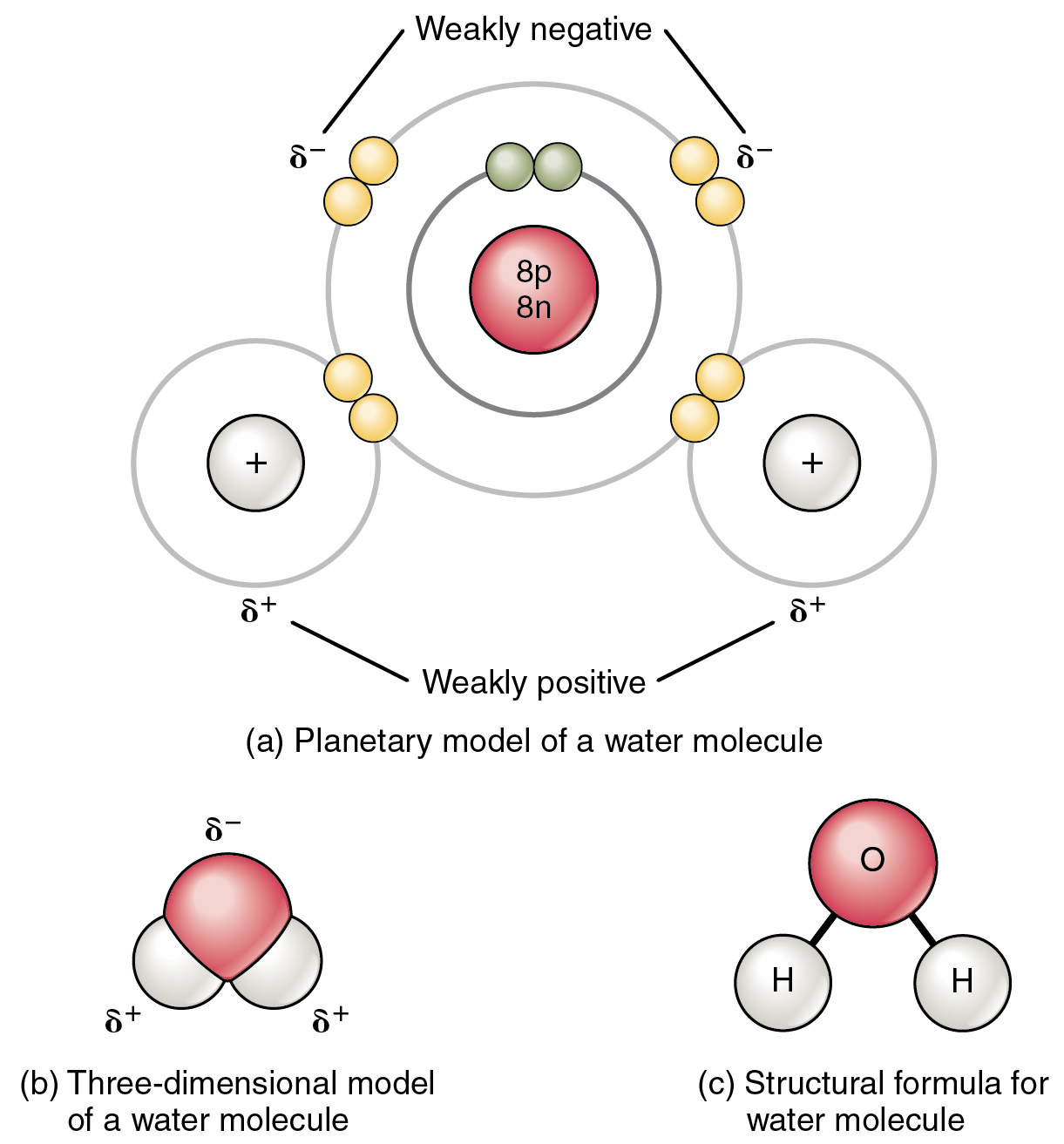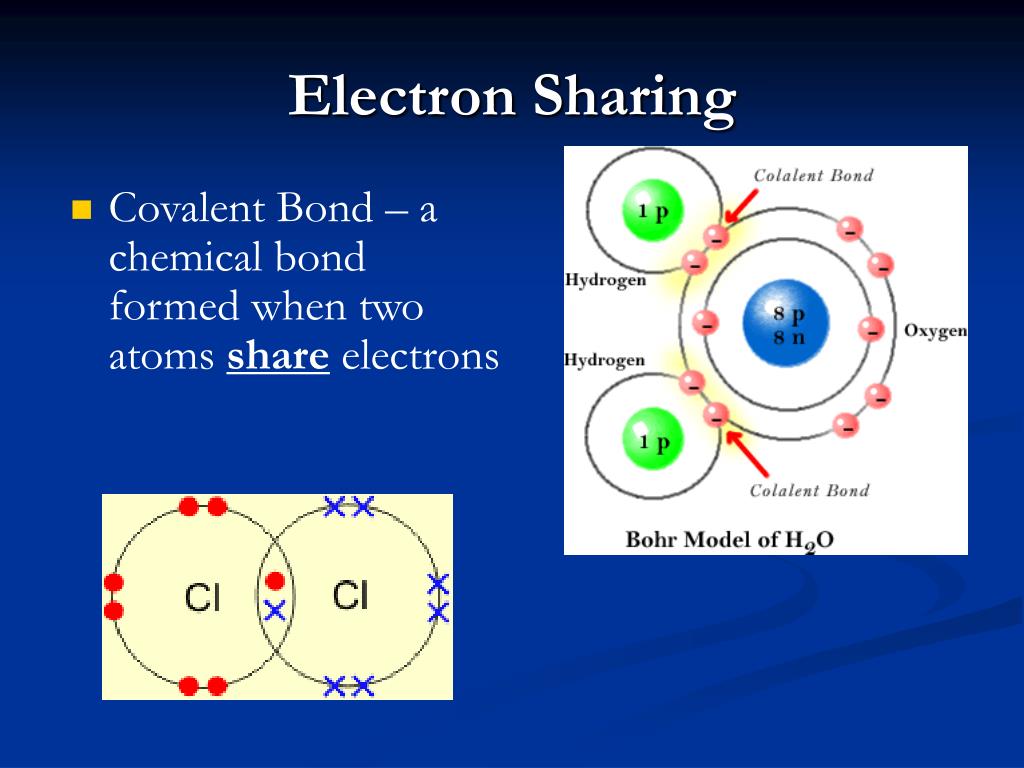Covalent Bonds Are Formed When Electrons Are - Atoms will covalently bond with other atoms in order to gain more stability,. Covalent bonds form when electrons are shared between atoms and are attracted by the nuclei of both atoms. Web a chemical bond that forms between nonmetals and/or metalloids that is the result of sharing their valence electrons. Web as a general rule, covalent bonds are formed between elements lying toward the right in the periodic table (i.e., the nonmetals). Let's illustrate how a covalent bond forms. In pure covalent bonds, the electrons are shared. Web a covalent bond is a chemical bond that involves the sharing of electrons to form electron pairs between atoms. Covalent bonding occurs when pairs of electrons are shared by atoms. These electron pairs are known as shared pairs.
Attractive Forces and Bonds
Covalent bonding occurs when pairs of electrons are shared by atoms. Covalent bonds form when electrons are shared between atoms and are attracted by the nuclei of both atoms. Atoms will covalently bond with other atoms in order to gain more stability,. In pure covalent bonds, the electrons are shared. Let's illustrate how a covalent bond forms.
The top panel in this figure shows two hydrogen atoms sharing two
Web a covalent bond is a chemical bond that involves the sharing of electrons to form electron pairs between atoms. Covalent bonds form when electrons are shared between atoms and are attracted by the nuclei of both atoms. Let's illustrate how a covalent bond forms. Web a chemical bond that forms between nonmetals and/or metalloids that is the result of.
Chapter 5.6 Properties of Polar Covalent Bonds Chemistry LibreTexts
Covalent bonding occurs when pairs of electrons are shared by atoms. Let's illustrate how a covalent bond forms. Web as a general rule, covalent bonds are formed between elements lying toward the right in the periodic table (i.e., the nonmetals). Web a chemical bond that forms between nonmetals and/or metalloids that is the result of sharing their valence electrons. In.
Covalent Bond sharing of electrons between atoms; bonds contain energy
These electron pairs are known as shared pairs. Web as a general rule, covalent bonds are formed between elements lying toward the right in the periodic table (i.e., the nonmetals). Let's illustrate how a covalent bond forms. Web a covalent bond is a chemical bond that involves the sharing of electrons to form electron pairs between atoms. Atoms will covalently.
Introducing Covalent Bonding Montessori Muddle
Let's illustrate how a covalent bond forms. These electron pairs are known as shared pairs. Web a covalent bond is a chemical bond that involves the sharing of electrons to form electron pairs between atoms. Web a chemical bond that forms between nonmetals and/or metalloids that is the result of sharing their valence electrons. Covalent bonding occurs when pairs of.
Covalent Bonding (Biology) — Definition & Role Expii
Let's illustrate how a covalent bond forms. Atoms will covalently bond with other atoms in order to gain more stability,. Web a covalent bond is a chemical bond that involves the sharing of electrons to form electron pairs between atoms. Web as a general rule, covalent bonds are formed between elements lying toward the right in the periodic table (i.e.,.
covalent bond Definition, Properties, Examples, & Facts Britannica
Web a chemical bond that forms between nonmetals and/or metalloids that is the result of sharing their valence electrons. Covalent bonds form when electrons are shared between atoms and are attracted by the nuclei of both atoms. Web a covalent bond is a chemical bond that involves the sharing of electrons to form electron pairs between atoms. Let's illustrate how.
PPT Covalent Bonds PowerPoint Presentation, free download ID6647183
These electron pairs are known as shared pairs. Covalent bonds form when electrons are shared between atoms and are attracted by the nuclei of both atoms. Web as a general rule, covalent bonds are formed between elements lying toward the right in the periodic table (i.e., the nonmetals). Covalent bonding occurs when pairs of electrons are shared by atoms. Let's.
PPT Chapter 5 Atoms & Bonding PowerPoint Presentation, free
Web a covalent bond is a chemical bond that involves the sharing of electrons to form electron pairs between atoms. Let's illustrate how a covalent bond forms. Atoms will covalently bond with other atoms in order to gain more stability,. Covalent bonding occurs when pairs of electrons are shared by atoms. Web as a general rule, covalent bonds are formed.
Covalent Bond Easy Science Covalent bonding, Easy science, Cool
In pure covalent bonds, the electrons are shared. Let's illustrate how a covalent bond forms. Covalent bonding occurs when pairs of electrons are shared by atoms. Web as a general rule, covalent bonds are formed between elements lying toward the right in the periodic table (i.e., the nonmetals). Covalent bonds form when electrons are shared between atoms and are attracted.
Atoms will covalently bond with other atoms in order to gain more stability,. Web a covalent bond is a chemical bond that involves the sharing of electrons to form electron pairs between atoms. Web as a general rule, covalent bonds are formed between elements lying toward the right in the periodic table (i.e., the nonmetals). Let's illustrate how a covalent bond forms. Web a chemical bond that forms between nonmetals and/or metalloids that is the result of sharing their valence electrons. In pure covalent bonds, the electrons are shared. These electron pairs are known as shared pairs. Covalent bonding occurs when pairs of electrons are shared by atoms. Covalent bonds form when electrons are shared between atoms and are attracted by the nuclei of both atoms.
Web A Covalent Bond Is A Chemical Bond That Involves The Sharing Of Electrons To Form Electron Pairs Between Atoms.
Let's illustrate how a covalent bond forms. Covalent bonds form when electrons are shared between atoms and are attracted by the nuclei of both atoms. In pure covalent bonds, the electrons are shared. Covalent bonding occurs when pairs of electrons are shared by atoms.
Atoms Will Covalently Bond With Other Atoms In Order To Gain More Stability,.
Web as a general rule, covalent bonds are formed between elements lying toward the right in the periodic table (i.e., the nonmetals). Web a chemical bond that forms between nonmetals and/or metalloids that is the result of sharing their valence electrons. These electron pairs are known as shared pairs.









